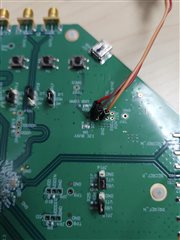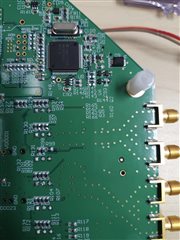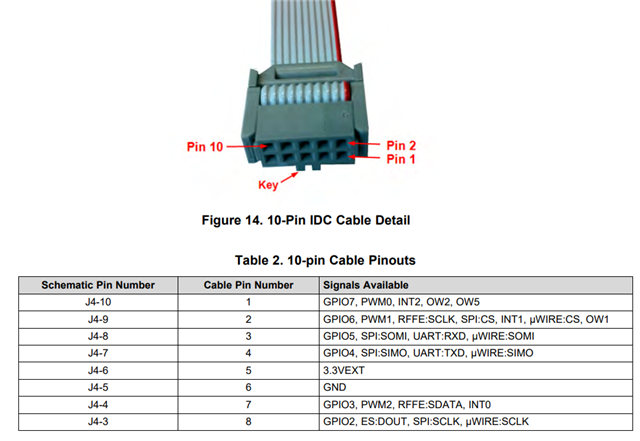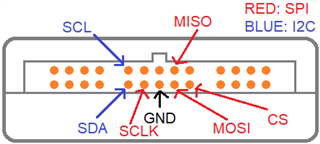Other Parts Discussed in Thread: LMK03318, USB2ANY
Tool/software:
Hi Derek,
I de-popped the 0 Ohm R166 and R167. However, I am still unable to program the LMK03318 with external USB2ANY Dongle. I am using jumper wires for the I2C connection. Pics attached:



Thanks,
Prasoon




